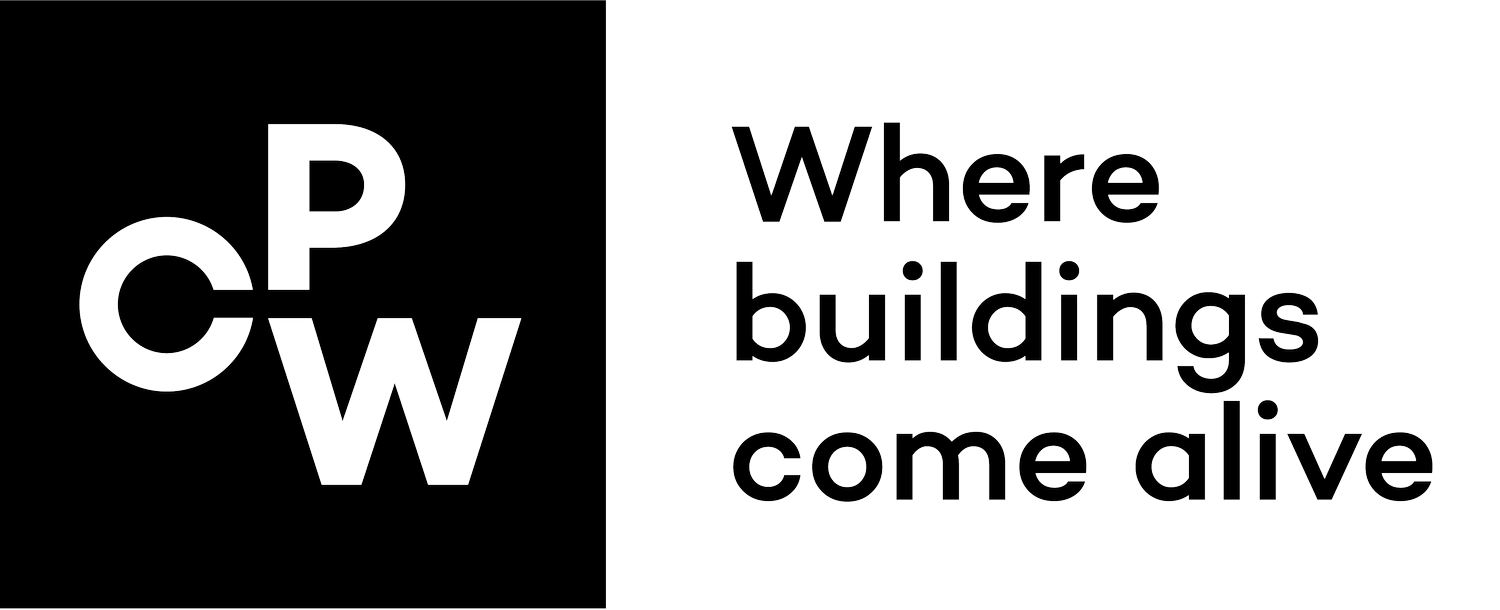Unlocking Sustainability: Navigating SKA vs BREEAM
Sustainability is not just a buzzword; it's a commitment that shapes the future of our built environment. In the quest for sustainable excellence, understanding the intricacies of different accreditation systems is paramount.
Let's delve into the world of SKA vs BREEAM and why choosing the right path for your project matters.
What is BREEAM?
BREEAM (Building Research Establishment Environmental Assessment Method), born in 1990, stands as the world's inaugural green building rating system. It has evolved to cover new builds, fit-outs, and refurbishments. Imagine a holistic approach where sustainability isn't just a checkbox, but a comprehensive assessment across 10 categories:
Management
Health & Wellbeing
Energy
Transport
Water
Materials
Waste Land use and ecology
Pollution
Innovation
BREEAM assesses projects based on points, considering factors like energy efficiency, waste reduction, and innovation. The coveted rating, ranging from Pass to Outstanding, mirrors a project's environmental impact and sustainability prowess. While BREEAM certification isn't obligatory for all UK buildings, it's often required by local authorities, especially for large projects. Notably, it serves as a minimum standard for NHS buildings, where achieving a BREEAM Healthcare or equivalent 'Excellent' rating is mandatory. However, this requirement applies only to new build schemes, not refurbishments (in contrast to SKA). NHS refurbishment projects are encouraged to target a BREEAM ‘Very Good’ rating.
What is SKA?
In 2009, SKA emerged as a project-driven sustainability rating system, exclusively for fit-outs and refurbishments. Tailored to the unique needs of commercial buildings, SKA provides flexibility and a streamlined assessment process.
SKA gauges sustainability across 8 crucial categories:
Energy Use
Carbon Dioxide Emissions
Materials
Waste
Water
Wellbeing
Pollution
Transport
SKA certification offers three distinct levels – Bronze, Silver, and Gold – each aligned with specific benchmarks related to sustainability within the designated scope. Known for its adaptability and cost-effectiveness, SKA emerges as the preferred choice for smaller projects aiming for a more focused approach. The certification process unfolds through four critical stages: pre-assessment, design stage assessment, handover assessment, and, optionally, an occupancy assessment.
Choosing the best sustainability accreditation for your project:
Understanding a project's specific needs, scale, and goals is essential for selecting the right accreditation system such as SKA and BREEAM.
At CPW, our experts understand that each project is unique. Navigating the complexities of SKA vs BREEAM can be challenging, whether you're embarking on a large-scale development or a tailored fit-out, our team can guide you through the process, ensuring your project aligns seamlessly with your sustainability goals.
Ready to make your mark on the green frontier? Get in touch with our sustainability experts.
